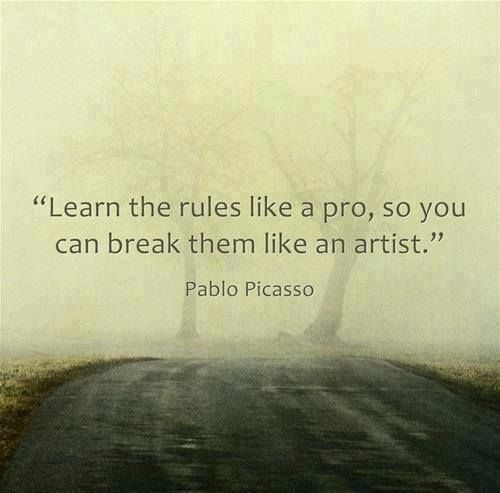WKS1345346 (Fiction Fundamentals Part 3: Putting on the Polish on Sat at 08:00 AM – 3 hours)
Lawrence Connolly, William Horner III
“In-depth workshop: learn how to make your story sing through application of effective revision and editing techniques.”
I was really sorry to miss this workshop because the other two these guys did on Thursday and Friday were so useful. I was feeling pretty under the weather Saturday morning, so I didn’t make it to this one. I’m hoping to get the handouts for this one from Horner on the internet, because the others were pretty great and I’ve already tacked them up to my bulletin board and started reviewing my outlines for two projects.
SEM1345284 (Exploring Genres: Urban Fantasy on Sat at 11:00 AM)
Richard Byers, Jennifer Brozek, Lucy Snyder, Larry Correia
“We teach you the tips and tricks you’ll need to write amazing urban fantasy stories.”
The urban fantasy genre is pretty popular right now, and in addition to that one popular storyline about sparkly vampires, there are a decent number of women writing in the genre — most of them writing stuff that’s not quite as silly as the sparkly vampires. Such a cool idea; supernatural in the city, in a landscape we recognize and understand. Lots of superhero comics are pretty much urban fantasy genres; interesting to see it take shape in novel form. Lots of the discussion surrounded setting; do you take a real city and transform it, copy and rename it, shift it’s landscape around? All of those are interesting strategies for world building in this genre.
SEM1345353 (Writer’s Craft: Dialogue, it is not just people talking! on Sat at 12:00 PM)
Maxwell Alexander Drake
“In-depth seminar: join author Maxwell Alexander Drake as he gives you some insights on how to craft dialogue.”
Drake is a pretty entertaining lecturer and although I knew most of what he covered in this seminar, I went to see him present again. I’m encouraged that my dialogue is already pretty damned solid and doesn’t hit any of the “don’ts” on the list.
WKS1345350 (Writer’s Craft: Schrödinger’s Plot on Sat at 01:00 PM)
Brad Beaulieu
“In-depth seminar: master plotting techniques, from basic structural concepts to plotting to breaking writer’s block.”
I took four different seminars on plot, and got something good from all of them, which is pretty cool. Brad’s turned around the idea that there’s not one potential answer but many about the direction your story could go.
SEM1345301 (Writer’s Craft: Screenwriting for Novelists on Sat at 02:00 PM)
Lou Anders
“Learn how novelists can apply Hollywood screenwriting techniques to enhance character, plot & theme.”
Lou really needed more time, because he had to move really quickly through his material. Fascinating stuff; he took a number of popular movies and made you identify the protagonist, antagonist and relationship characters, and it was a nice exercise in critical thinking about character motivation and how conflicting motivations drive the plot. I realized that in my own work I probably have too many characters and have pretty murky motivations for them that need to be more clearly defined in my head so that I can be more clear about what I’m writing and what I’m holding back on as my stories unfold.
